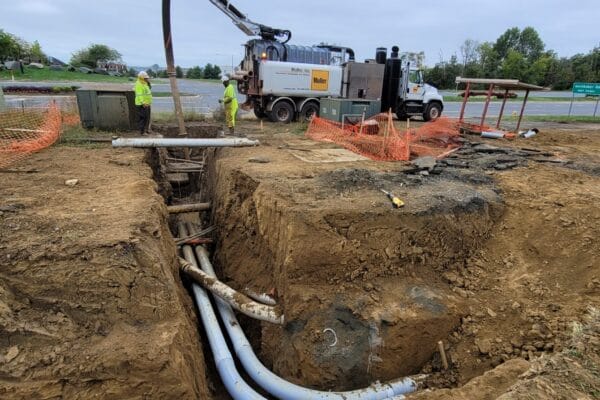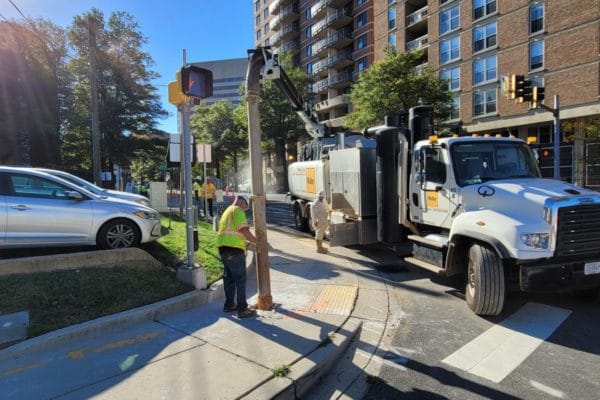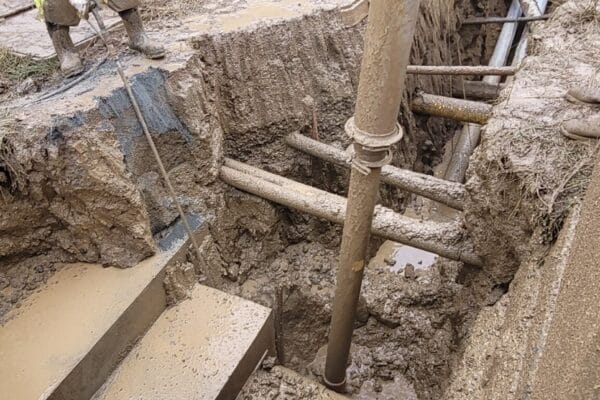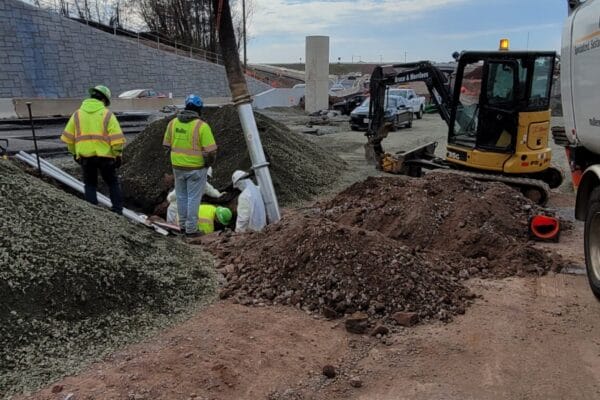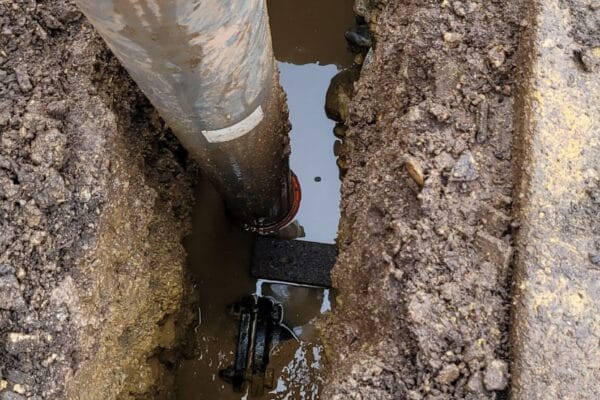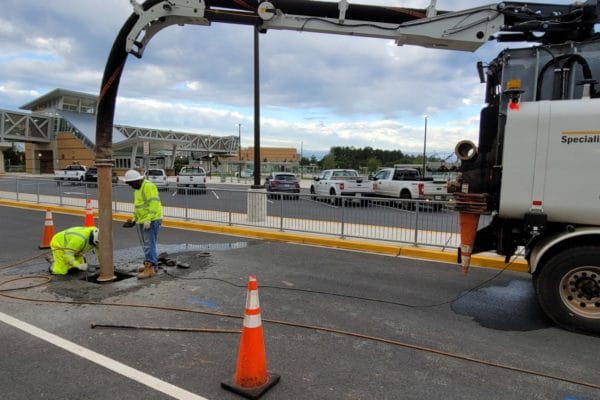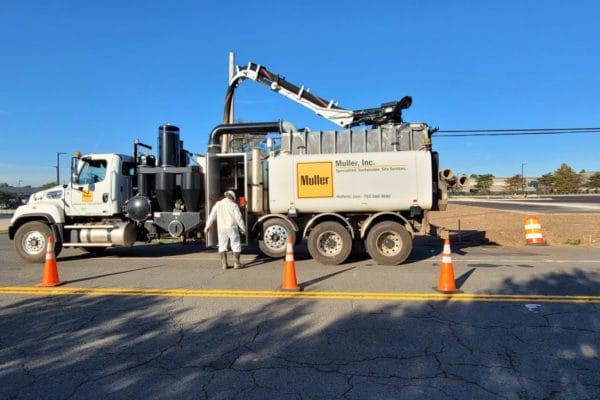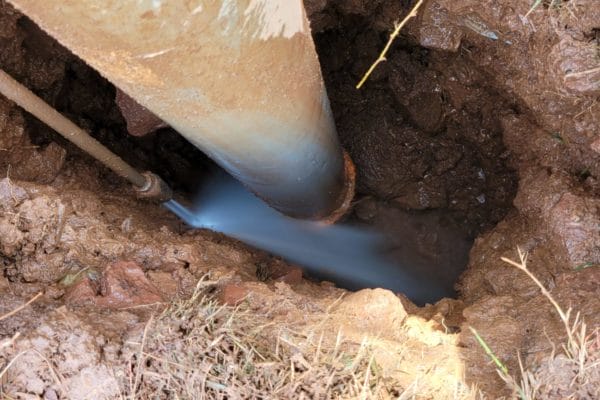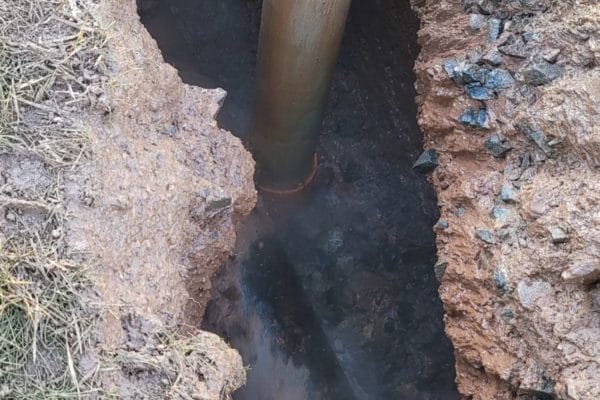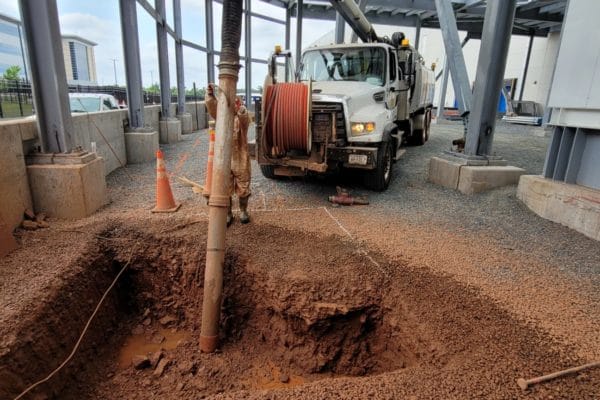Hydroexcavation is a versatile excavation method with a wide range of applications. Its precision, control, and ability to work around buried utilities make it a popular choice for many excavation needs, including:
Utility excavation: Hydroexcavation is commonly used to expose and excavate around buried utilities such as gas lines, water mains, and telecommunications cables. The precision and control of hydroexcavation reduces the risk of damaging the utility lines during excavation.
Pipeline trenching: Hydroexcavation can be used to create trenches for pipelines. The precision of hydroexcavation is instrumental in this application, as it can ensure that the trench is at the correct depth and width without damaging the surrounding soil or existing utilities.
Environmental remediation: Hydroexcavation can be used in environmental remediation projects to remove contaminated soil. Hydroexcavation allows for targeted excavation and removal of contaminated soil without disturbing surrounding soil or creating additional contamination.
Construction: Hydroexcavation is used in construction projects for foundation excavation, site preparation, and general excavation. Hydroexcavation can excavate precise holes and trenches for footings, pilings, and utility installations.
Municipal infrastructure: Hydroexcavation can be used to excavate municipal infrastructure such as manholes, catch basins, and culverts. Hydroexcavation is especially useful for these types of projects because it can excavate precisely around the infrastructure without damaging it.


